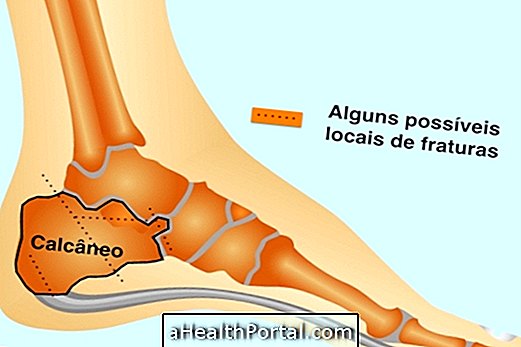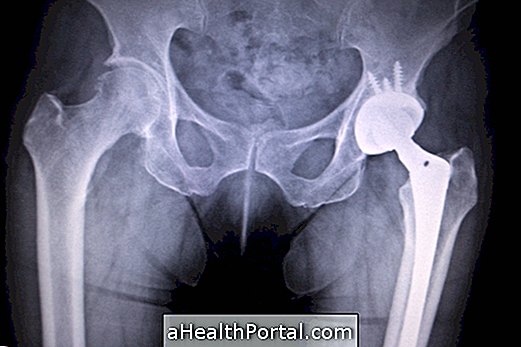The treatment for adhesive capsulitis, or frozen shoulder syndrome, can be done with physiotherapy, analgesics and may take 8 to 12 months to treat, and in the latter case surgery may be needed to normalize the movements of this joint. However, movements tend to improve even without any treatment after 2 or 3 years of onset of symptoms.
The doctor may indicate the use of analgesics, anti-inflammatory, steroid infiltration.
Adhesive capsulitis is a chronic inflammation of the shoulder joint that causes pain and intense difficulty in moving the arms, as if the shoulder were actually frozen. There are 2 types of adhesive capsulitis, the primary one that is related to traumas or strokes in the shoulder with little involved pain and the secondary one, where the pain is greater than restriction of movements. In both types, the loss of movements is happening gradually.

Physiotherapy
Apparatus such as tens, ultrasound and galvanic current can be useful to reduce pain and discomfort, mobilization techniques and stretching exercises that can be performed at home and also in the office.
Hot water bags are useful to put on before stretching because they relax the muscles and facilitate muscle stretching but the pockets with crushed ice are indicated towards the end of each session because they decrease the pain.
Some stretches that may help are:

These exercises should be performed 3 to 5 times a day, lasting from 30 seconds to 1 minute each but the physiotherapist can indicate others as needed by each person.
Here are some simple exercises that help relieve shoulder pain in: Proprioception exercises for shoulder recovery.
Surgery
Surgery is the last treatment option and the orthopedic doctor can perform an arthroscopy or a closed manipulation that can restore shoulder mobility. After the surgery the person needs to return to physical therapy to expedite healing and continue with stretching exercises.
How to Identify Adhesive Capsulitis
Signs and symptoms that may indicate frozen shoulder syndrome are:
- Pain in the shoulder and difficulty in tightening the bra, wearing a coat or putting objects in the back pocket of the pants;
- After a few weeks the limitation of shoulder movements increases;
- It is not possible to sleep on the affected shoulder
Other diseases that also cause shoulder pain and difficulty moving the shoulders and arms and that may be confused with adhesive capsulitis are tendinitis, arthritis, thoracic gorge syndrome, nerve palsy that causes the arm to rise, hemiplegia, and Parkinson's disease, for example.
Main causes of adhesive capsulitis
The causes are not yet known but it is known that women over 40 are the most affected, especially those who have had some trauma in the region and who stayed more than 2 months with the shoulder immobilized.
However, this syndrome also affects people with some autoimmune disease, or with a history of having already had thyroid disease, stroke, heart attack or diabetes. Generally the shoulder that gets 'frozen' is the left one in women who are right-handed and the right shoulder in left-handed women.

























